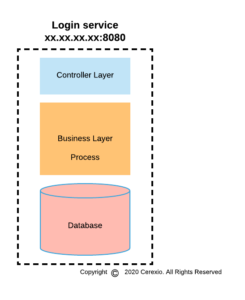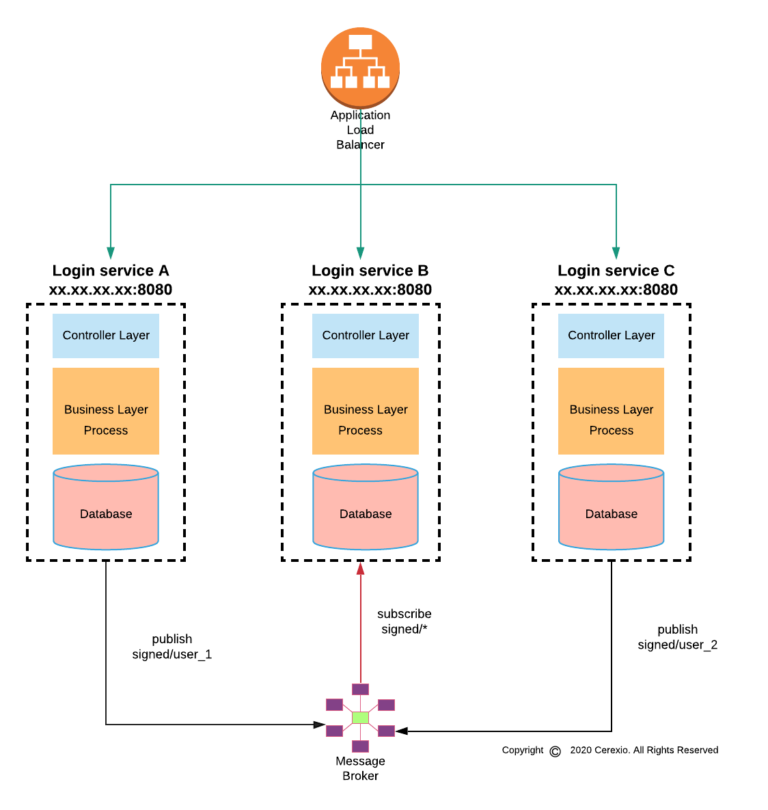Scale your application in a distributed environment using Microservice architecture
In this blog post, we will explore the underlying rationale for the development of microservices in application development. In recent years, microservices have gained in importance as an alternative to traditional monolithic architecture, which is oriented towards approaches that are intended to overcome the disadvantages of traditional monolithic architecture. Simply put, microservices really are a new way of designing complex, predominantly web-based applications.
Web applications are divided into separate apps that are developed and deployed using the architecture of microservices. When a web application is created using the microservice architecture, it can be created as a single app or as multiple mini-apps.
The two comparisons most frequently drawn are between microservice architectures and service-oriented architectures. In a word: SOA is a design pattern, and Microservice is an implementation method to implement it. As a variant of service-oriented architecture (SOA), microservices are an architectural style in which the application is broken down into loosely coupled services.
Through fine-grained services, microservices offer increased modularity, making it easier to develop, deploy and, more importantly, modify and maintain them. Undoubtedly, some organizations are still engaged in application development when a centralized, multi-level architecture is used to build an entire application from a single code base. By linking everything to this single code base, certain functions and services cannot be scaled, and the entire applications cannot simply be scaled, resulting in significantly higher costs.
Most of the organizations need to go through the change management procedures to implement and use the microservices from their existing ones as it needs collaborative work with multiple entities such as a product owner, developers, customers , business analysts, DevOps etc. The first step toward building the microservice from your existing applications is to understand the business logic from each API. For instance, the following mobile application’s controls are decomposed in such a way to be handled by individual services.


Cool, we made our first service that is totally independent from other services, and can serve Login requests coming from users. Ohhh wait, what would happen when the number of users scaled up? Is our login service support that? If supported, how does synchronization work between services? What will happen when the network fails, and services get partitioned?

Cerexio’s Octopus microservice framework provides the core requirements for distributed systems development including RPC and Event driven communication. It makes developer life easy by hiding all the intricacies in distributed microservice design, and implementation. It already has inbuilt features of supporting load balancing, service discovery, async messaging and service synchronization to make the highly salable microservice to your organization.
